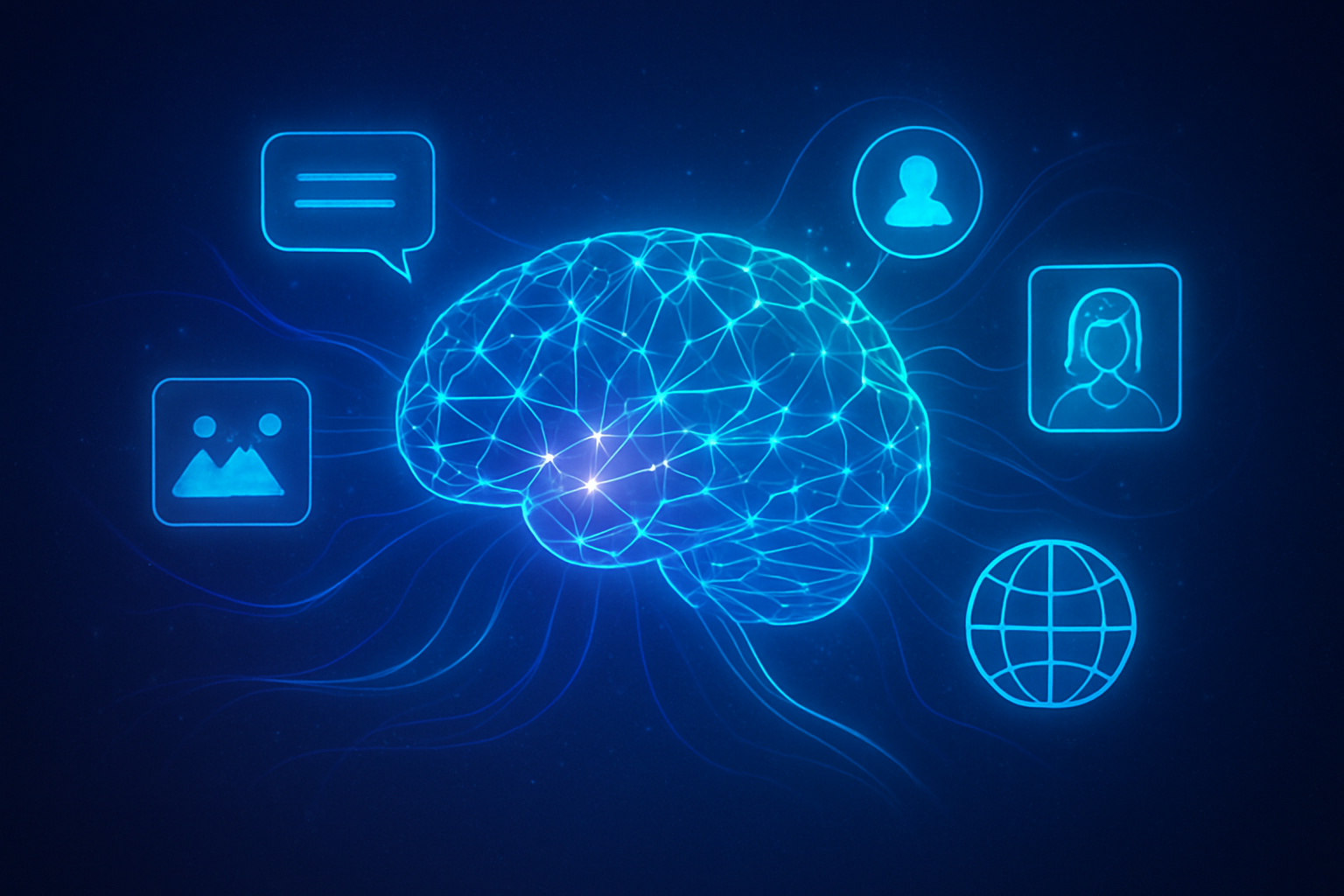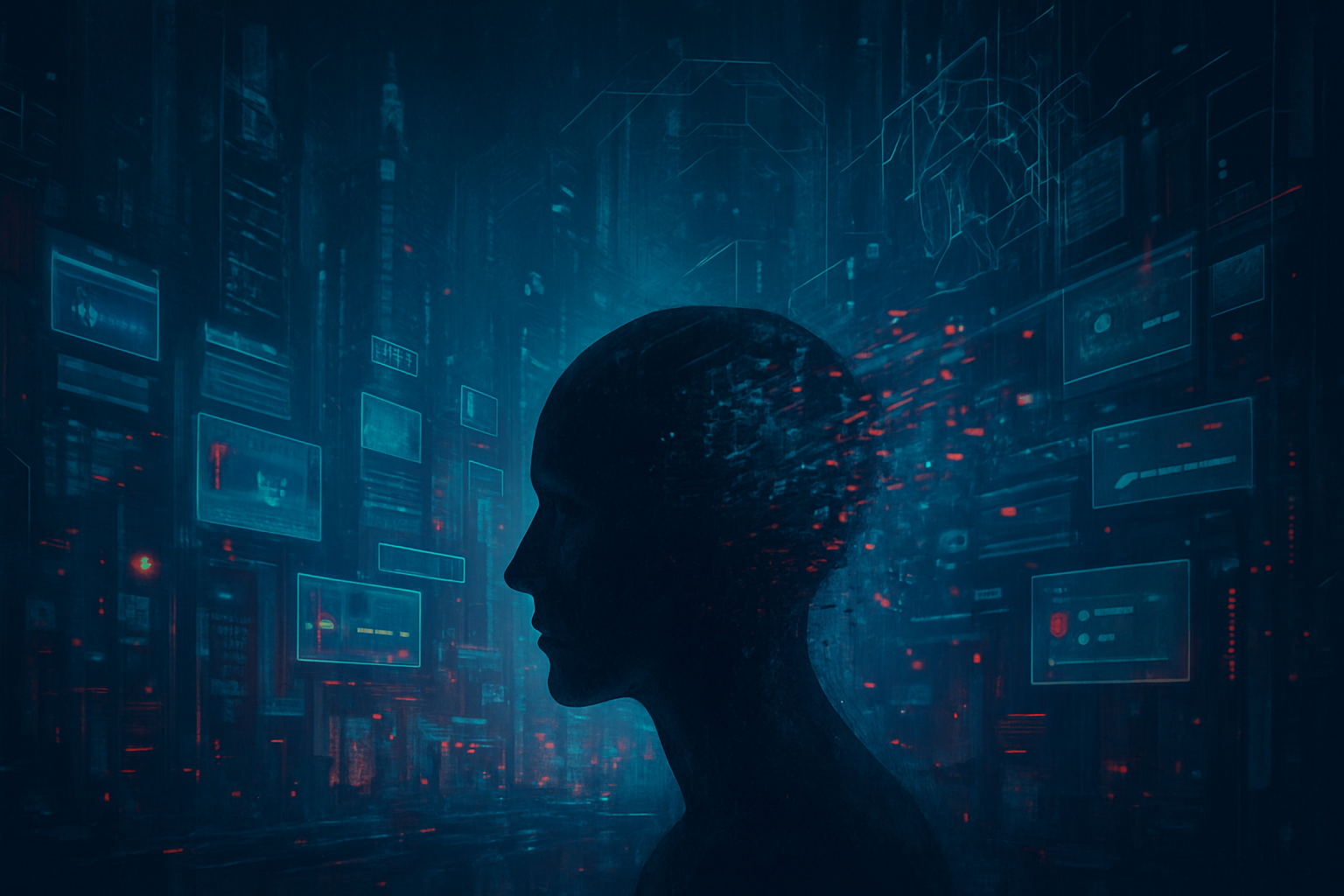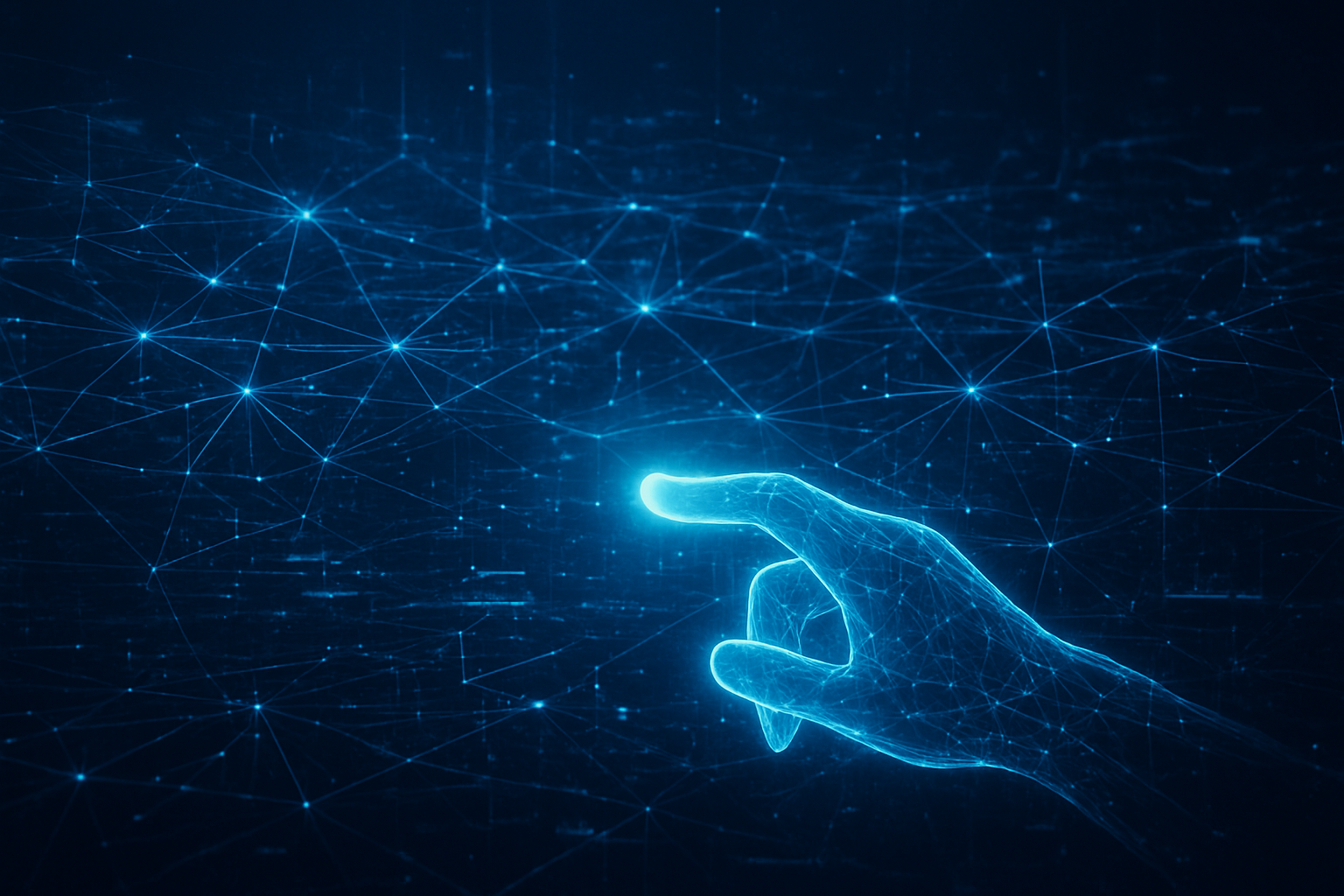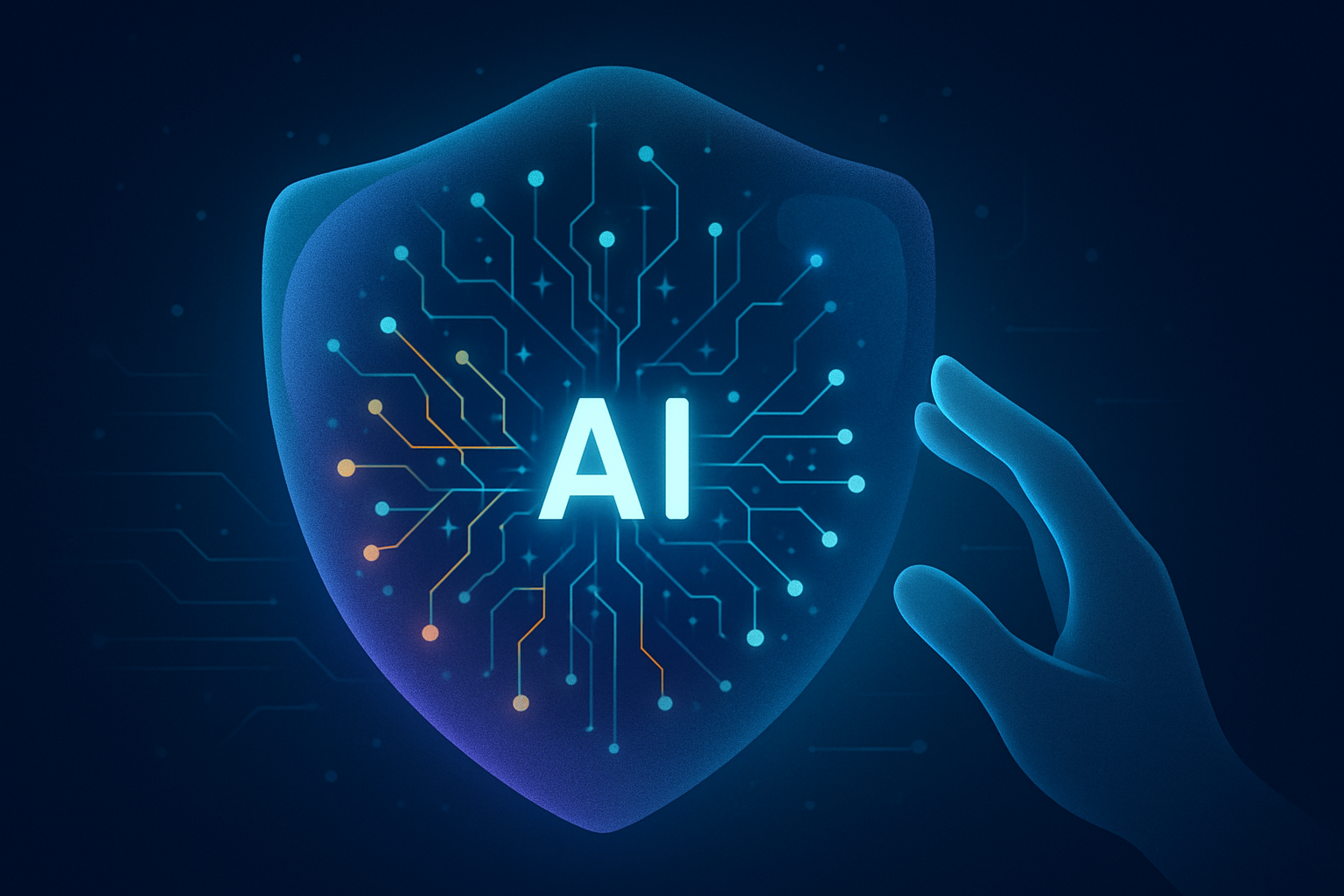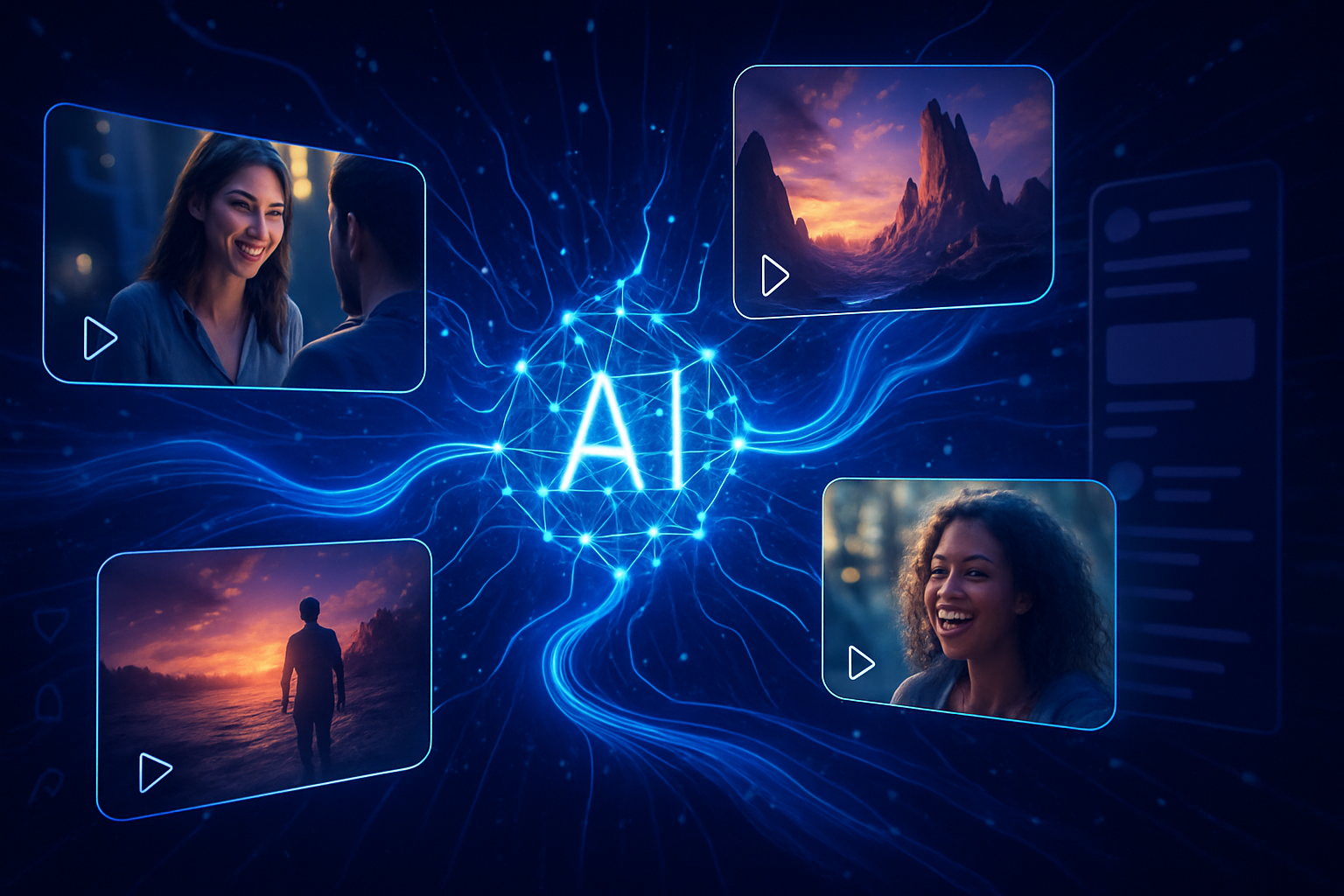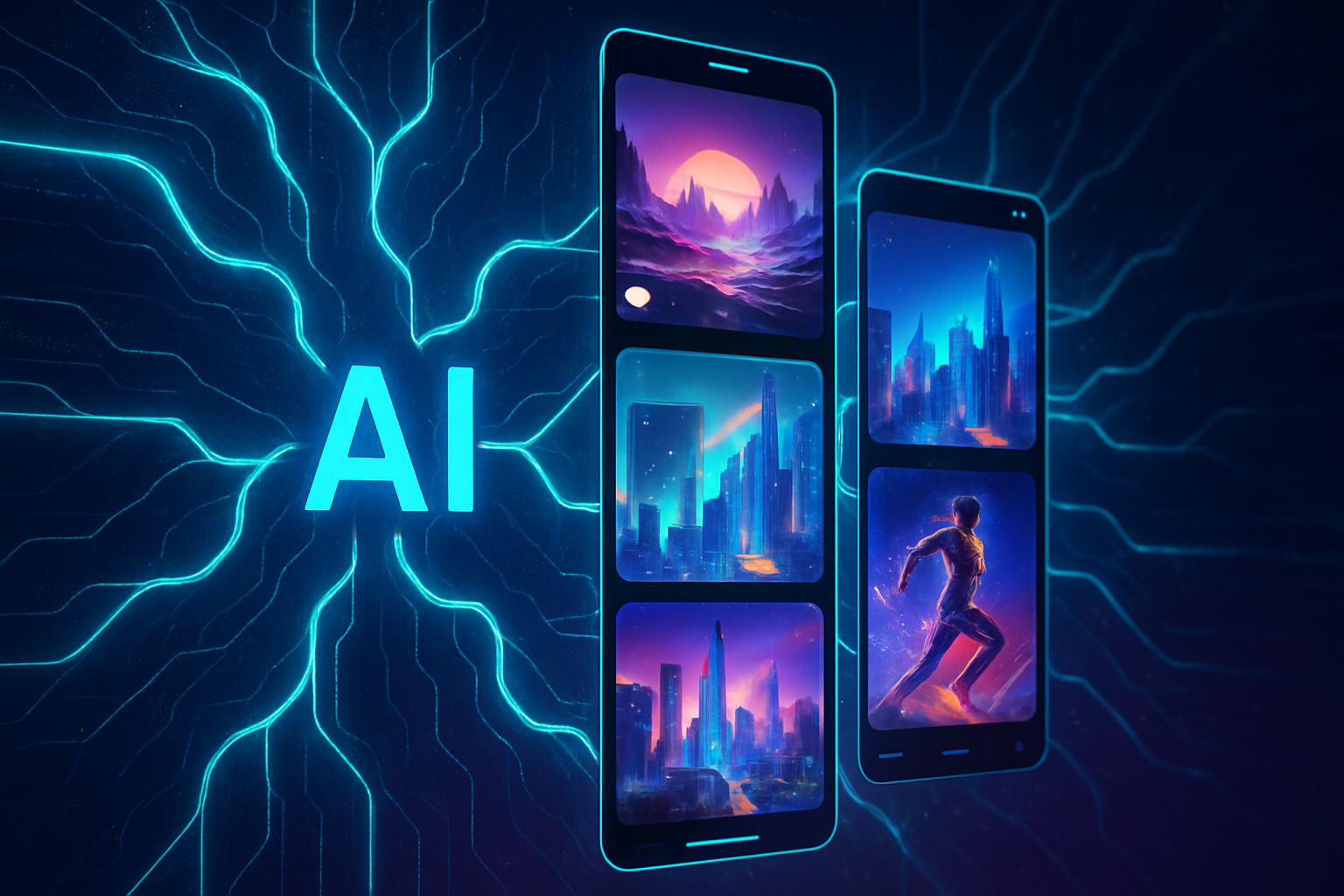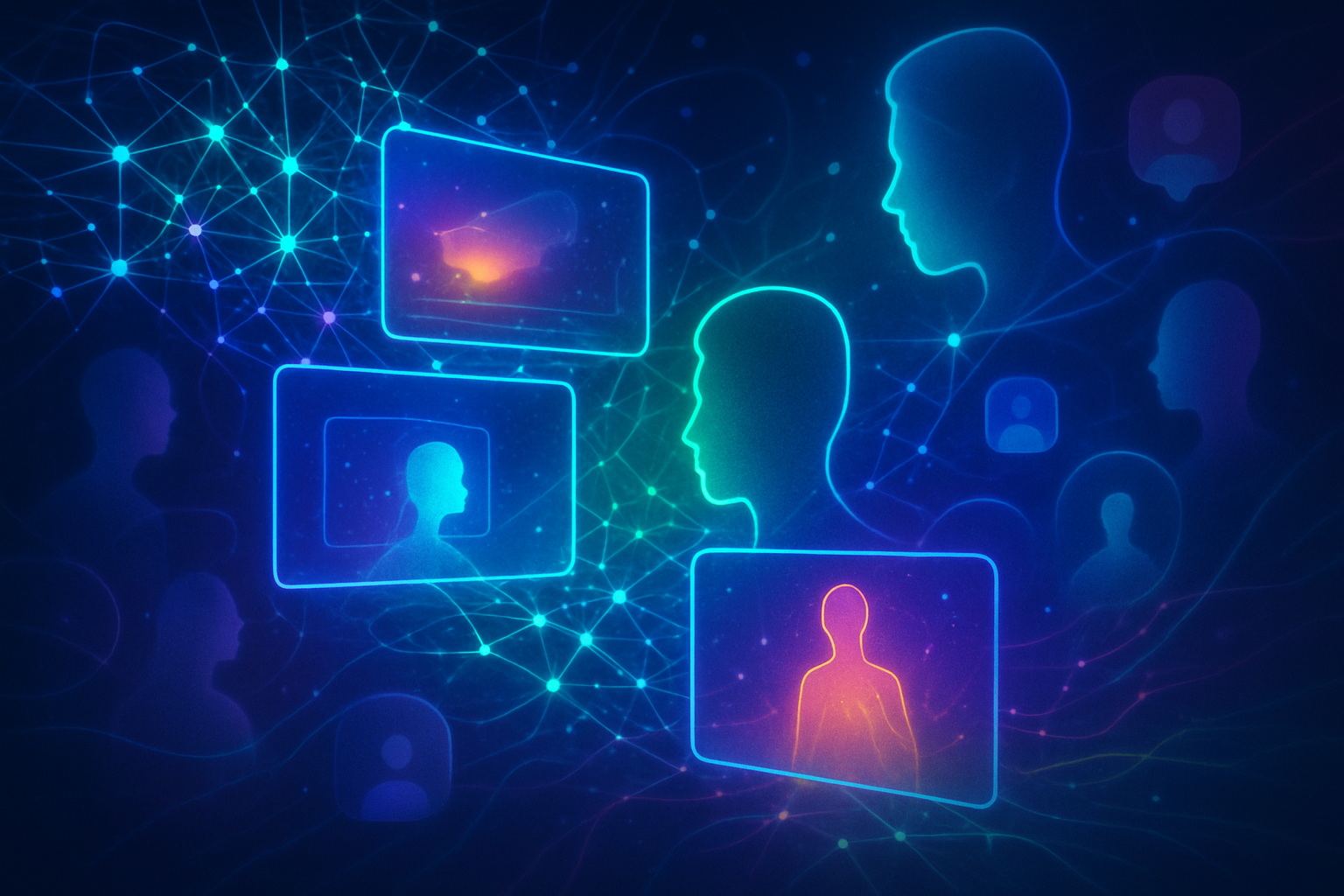Instagram, a flagship platform of Meta Platforms (NASDAQ: META), has undergone a profound transformation in 2025, rolling out a suite of ambitious updates designed to redefine user engagement, foster deeper connections, and significantly empower its vast creator community. From extending the length of its popular Reels to a staggering 20 minutes, to weaving advanced AI capabilities into nearly every facet of the user experience, the social media giant is strategically positioning itself at the forefront of the evolving digital landscape. These developments signal a concerted effort by Meta to solidify Instagram's competitive edge against rivals and to integrate its broader vision for an AI-first future into the everyday lives of its billions of users. The immediate significance lies in the platform's renewed focus on long-form content, intimate social interactions, and a robust ecosystem for content creation and monetization, all underpinned by sophisticated artificial intelligence.
Technical Innovations and Feature Deep Dive
At the heart of Instagram's 2025 overhaul is a dramatic expansion of its video capabilities and a sophisticated integration of AI. Reels, the platform's answer to short-form video, has seen its maximum length extended to an impressive 20 minutes. This monumental shift, announced throughout early 2025, allows creators to move beyond quick snippets and engage in more comprehensive storytelling, tutorials, and long-form narratives. Complementing this, Instagram introduced a dedicated "Edits" app in February 2025, serving as an all-in-one mobile editing suite for creators, offering advanced tools, collaboration features, and performance insights. Further enhancing video creation are AI-powered lip-sync features, improved green screen functionality, and the innovative "Trial Reels" feature, which allows creators to test content with non-followers before a wider release, mitigating risks and encouraging experimentation.
Beyond video, Instagram has reimagined how users connect. The "Friend Map" feature, launched in the UK in October 2025, allows users to share their real-time location with selected friends via a map in the DM inbox, offering a more spontaneous and intimate way to connect physically. This is complemented by the official rollout of "Reposts" (announced August 6, 2025), enabling users to easily share public Reels and posts to their own feeds, collected in a dedicated "Reposted" tab. The "Friends Feed" (or "Friends in Reels") further deepens this by curating a feed of Reels liked, commented on, or created by one's friends. "Storylines" introduces a collaborative element to Stories, allowing friends at the same event to contribute to a single, ongoing thread. These features collectively mark a departure from a purely broadcast-oriented platform towards one that facilitates more genuine, shared, and real-time social interactions, directly challenging the casual, spontaneous sharing ethos of platforms like Snapchat (NYSE: SNAP).
Perhaps the most pervasive change is the deep integration of Meta AI across the platform. Accessible through the Explore page or DM inbox, Meta AI acts as a conversational assistant, capable of answering questions, generating content, and even performing tasks. AI-powered "Restyle" tools in Stories allow users to transform their visuals with simple text prompts, while AI-generated comments and story images add new dimensions to creative expression. Instagram has also introduced "AI Stickers" and "Cutouts" for DMs, and is exploring "AI Tasks via DMs," allowing users to create tasks from their conversations. This extensive AI integration differs significantly from previous approaches, where AI was often confined to backend algorithms for content ranking or moderation. Now, AI is an active, interactive participant in the user's creative and communicative processes, marking a significant leap in how users interact with artificial intelligence within a social media context. Initial reactions from the AI research community highlight the impressive scale of Meta's AI deployment, noting its potential to democratize advanced creative tools for everyday users, while also raising discussions about ethical AI use and data privacy.
Competitive Implications and Market Dynamics
These sweeping updates carry significant implications for Meta Platforms (NASDAQ: META) and the broader tech industry. For Instagram, the extended Reels length and the "Edits" app directly challenge YouTube (Alphabet Inc. – NASDAQ: GOOGL, GOOG) for long-form video creators and TikTok (ByteDance – private) for comprehensive mobile editing. By offering a robust suite of tools within its ecosystem, Instagram aims to retain creators and their audiences, preventing them from migrating to other platforms for specialized functionalities. The "Friend Map" and "Storylines" features enhance Instagram's competitive stance against Snapchat (NYSE: SNAP), which has historically dominated location-based and ephemeral group sharing. The official "Reposts" feature simplifies content sharing, a functionality long popular on platforms like X (formerly Twitter).
Meta Platforms stands to benefit immensely from these developments. The deeper integration of Meta AI across Instagram aligns with CEO Mark Zuckerberg's vision for an "AI-first" company, demonstrating tangible applications of their AI research in consumer-facing products. This strategy strengthens Meta's ecosystem, making its platforms stickier and more indispensable. Enhanced creator tools and monetization opportunities (e.g., expanded Creator Marketplace, smarter Instagram Insights, business chat transparency) are crucial for attracting and retaining top talent, which in turn drives user engagement and advertising revenue. The ability for businesses to leverage AI for content and ad creation, alongside features like "Comment to DM for Ads," provides powerful new tools for advertisers, potentially increasing ad spend on the platform.
For smaller AI labs and startups, Instagram's aggressive AI integration presents both opportunities and challenges. While Meta's in-house AI capabilities might reduce the need for certain third-party tools, the open-ended nature of features like AI-powered "Restyle" or custom AI stickers could inspire new creative AI applications that integrate with or complement Instagram's ecosystem. However, the sheer scale and resources of Meta mean that any startup competing directly in areas where Instagram has deployed its own AI would face an uphill battle. The competitive implications suggest a further consolidation of user attention and creator talent on platforms that offer comprehensive, AI-enhanced toolkits, potentially disrupting smaller, niche services that provide only one piece of the creative or social puzzle.
Wider Significance in the AI Landscape
Instagram's 2025 updates are a microcosm of broader trends sweeping the artificial intelligence and social media landscapes. The pervasive integration of Meta AI into the platform signifies the industry's shift from AI as a backend optimization tool to an interactive, user-facing co-creator and assistant. This reflects a growing understanding that AI's true potential lies in augmenting human creativity and facilitating richer interactions, rather than merely automating tasks. It underscores the "ambient intelligence" paradigm, where AI seamlessly integrates into daily digital life, making tools more intuitive and content more dynamic.
The impacts of these changes are multi-faceted. On one hand, they empower users with unprecedented creative control and new avenues for connection. The ability to generate AI images for Stories, leverage AI for lip-syncing in Reels, or even chat with AI characters pushes the boundaries of digital self-expression. On the other hand, the widespread adoption of features like "Friend Map" and the deeper reliance on AI for content creation raise important societal concerns. Questions around data privacy, especially with location sharing, and the potential for AI-generated content to blur the lines between reality and artifice, are paramount. The ability for AI to "take the reins on commenting" or create "AI Story Images" necessitates robust ethical guidelines and transparency mechanisms to maintain user trust and combat misinformation.
Comparisons to previous AI milestones reveal Instagram's current trajectory. While early AI breakthroughs focused on areas like natural language processing or computer vision in isolation, Instagram's approach demonstrates a holistic application, integrating these capabilities to enhance the entire social media experience. This move is reminiscent of the shift from static web pages to interactive social feeds, or the explosion of user-generated content with the advent of smartphones. Instagram's 2025 evolution could be seen as a pivotal moment where AI moves beyond novelty into a foundational layer of social interaction and creative output, setting a new benchmark for what users expect from their digital platforms.
Exploring Future Developments
Looking ahead, the trajectory set by Instagram in 2025 suggests an even deeper integration of AI and more immersive social experiences. In the near term, we can expect Meta AI to become even more sophisticated, potentially offering hyper-personalized content recommendations that anticipate user preferences with uncanny accuracy. Further advancements in generative AI could lead to tools that assist creators not just with editing, but with concept generation, scriptwriting, or even generating entire video segments from text prompts. The "Edits" app is likely to evolve into a full-fledged creative suite, potentially incorporating features for 3D content creation or integration with Meta's metaverse initiatives.
Long-term developments could see Instagram blurring the lines between the digital and physical worlds even further. Imagine AI-powered augmented reality filters that dynamically adapt to real-world environments, or the "Friend Map" evolving into a more interactive AR overlay that helps users navigate physical spaces to meet friends. The concept of "AI tasks via DMs" could expand to include complex scheduling, booking, or even AI-driven personal shopping experiences directly within the chat interface. Experts predict that social media platforms will continue to move towards "ambient computing," where AI anticipates needs and offers assistance proactively, making interactions feel less like using an app and more like engaging with an intelligent environment.
However, several challenges need to be addressed. Maintaining user trust and ensuring data privacy will be paramount, especially as AI becomes more deeply embedded in personal interactions and location sharing. Combating the potential for AI-generated misinformation and deepfakes will require robust detection and moderation systems. Furthermore, managing the sheer volume of content and preventing information overload will be an ongoing battle. Experts predict a future where platforms like Instagram become more like "personal AI agents," curating experiences and mediating interactions, but the ethical and societal implications of such a future will require careful navigation and continuous adaptation.
A Comprehensive Wrap-Up
Instagram's extensive updates in 2025 mark a pivotal moment in the evolution of social media, characterized by three key takeaways: the profound integration of AI into every layer of the platform, a renewed focus on fostering deeper and more diverse forms of connection, and a significant commitment to empowering creators with advanced tools and monetization avenues. From 20-minute Reels and the standalone "Edits" app to the "Friend Map" and omnipresent Meta AI, Instagram is not merely adding features but fundamentally reshaping how users create, share, and interact.
This development's significance in AI history cannot be overstated. It showcases how a mainstream consumer application can effectively deploy a wide array of AI capabilities—from generative AI for content creation to conversational AI for assistance and predictive AI for personalization—to enhance the user experience on an unprecedented scale. It positions Meta Platforms (NASDAQ: META) as a leader in bringing advanced AI directly into the hands of billions, solidifying its strategic direction and competitive advantage. The long-term impact will likely be a more intelligent, intuitive, and immersive social media landscape, where AI acts as a creative partner and a facilitator of human connection.
In the coming weeks and months, it will be crucial to watch for several key indicators: user adoption rates of these new, more complex features; how competitors like TikTok, YouTube, and Snapchat respond with their own innovations; and the ongoing public discourse around AI ethics, privacy, and content authenticity on such a widely used platform. Instagram's 2025 metamorphosis is not just an update; it's a blueprint for the future of social interaction in an AI-powered world.
This content is intended for informational purposes only and represents analysis of current AI developments.
TokenRing AI delivers enterprise-grade solutions for multi-agent AI workflow orchestration, AI-powered development tools, and seamless remote collaboration platforms.
For more information, visit https://www.tokenring.ai/.
